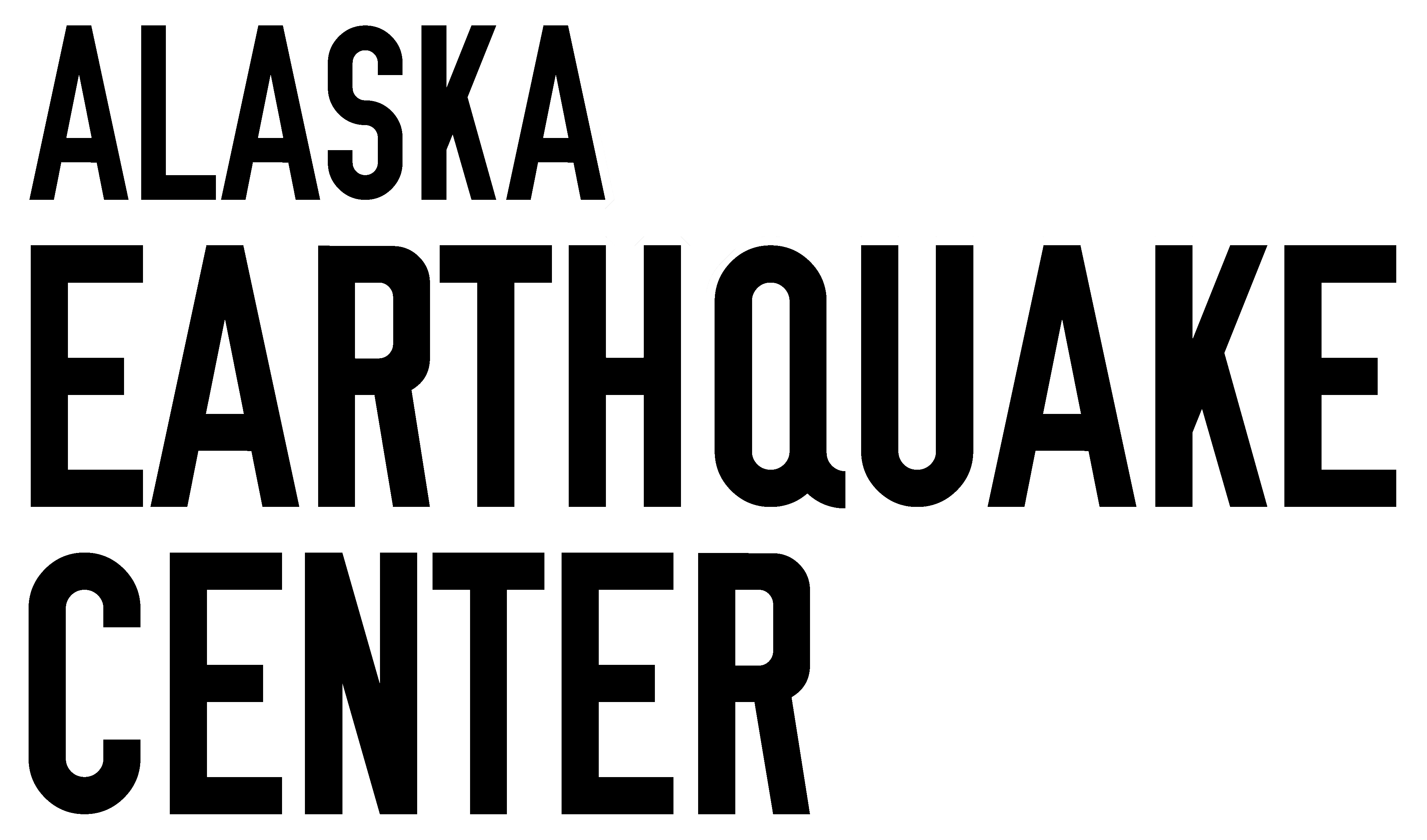Magnitude 5.0 - 69 miles S of Akhiok
December 22, 2024 02:44:57 AKST (December 22, 2024 11:44:57 UTC)
55.9537°N 153.9737°W Depth 17.0 miles (27 km)
No reports of this event being felt have been received at this time. This event is an aftershock of the December 21, 2024 M5.6 event that occurred at 6:56 PM.
This event has been reviewed by a seismologist
- 90 miles (145 km) S of Old Harbor
- 109 miles (176 km) S of Larsen Bay
- 113 miles (183 km) S of Karluk
- 135 miles (218 km) SE of Kialagvik Creek
- 139 miles (225 km) S of Port Lions
- 140 miles (226 km) SW of Kodiak
- 141 miles (228 km) SE of Mt. Chiginagak
- 143 miles (231 km) SE of Yantarni Volcano
- 145 miles (235 km) SE of Mt. Ugashik
- 147 miles (238 km) SW of Ouzinkie
- 162 miles (262 km) S of Mt. Mageik
- Magnitude type: Mww
- Event type: earthquake
Tectonic Setting of the Alaska Peninsula
Seismicity in the Alaska Peninsula region is produced by different tectonic features: (1) The Aleutian megathrust is the source of the strongest earthquakes in the region. The most recent examples include the 2020 M7.8 Simeonof Earthquake under the Shumagin Islands and the 2021 M8.2 Chignik Earthquake southwest of Kodiak Island. While these recent earthquakes did not produce damaging tsunamis, previous tsunamis were documented in historical records of Russian communities and in recently discovered paleo-tsunami deposits. (2) Intermediate depth seismicity (below 20 miles/32 km) occurs in the Wadati-Benioff Zone, where the subducting Pacific Plate descends towards the mantle beneath the North American Plate. This zone extends along the Aleutian Arc, Alaska Peninsula, and Cook Inlet. In the Alaska Peninsula region, the seismicity abates at approximately 150 miles (241 km) depth, reflecting the down-dip extension of the Pacific Plate. The Aleutian-Alaska Wadati-Benioff Zone produces thousands of earthquakes each year, most of which are too deep and too small to be felt. The most notable examples of such earthquakes are the 1999 M7.0 and the 2001 M6.9 Kodiak Island events. Both earthquakes caused damage and disruption to the City of Kodiak and other communities on the island. (3) Crustal seismicity in this region can be attributed to the Kodiak Shelf Fault Zone and to the volcanic arc. In 1912, a series of M7+ earthquakes was associated with the Novarupta eruption, which was the largest volcanic eruption of the 20th century worldwide.







